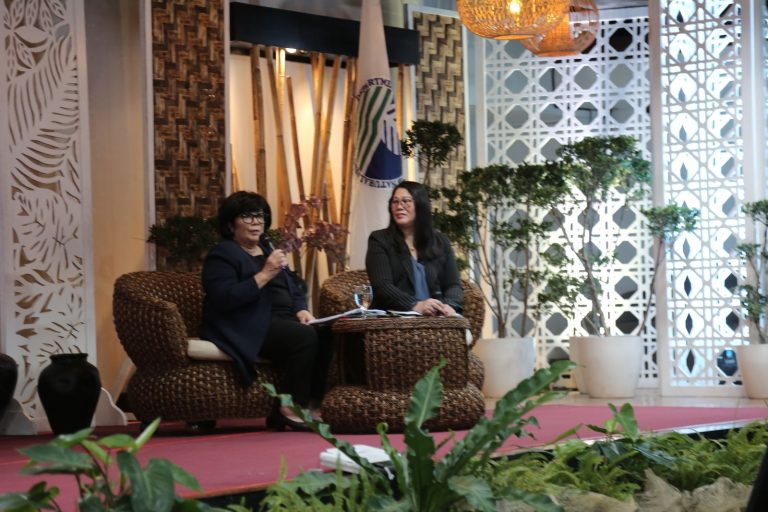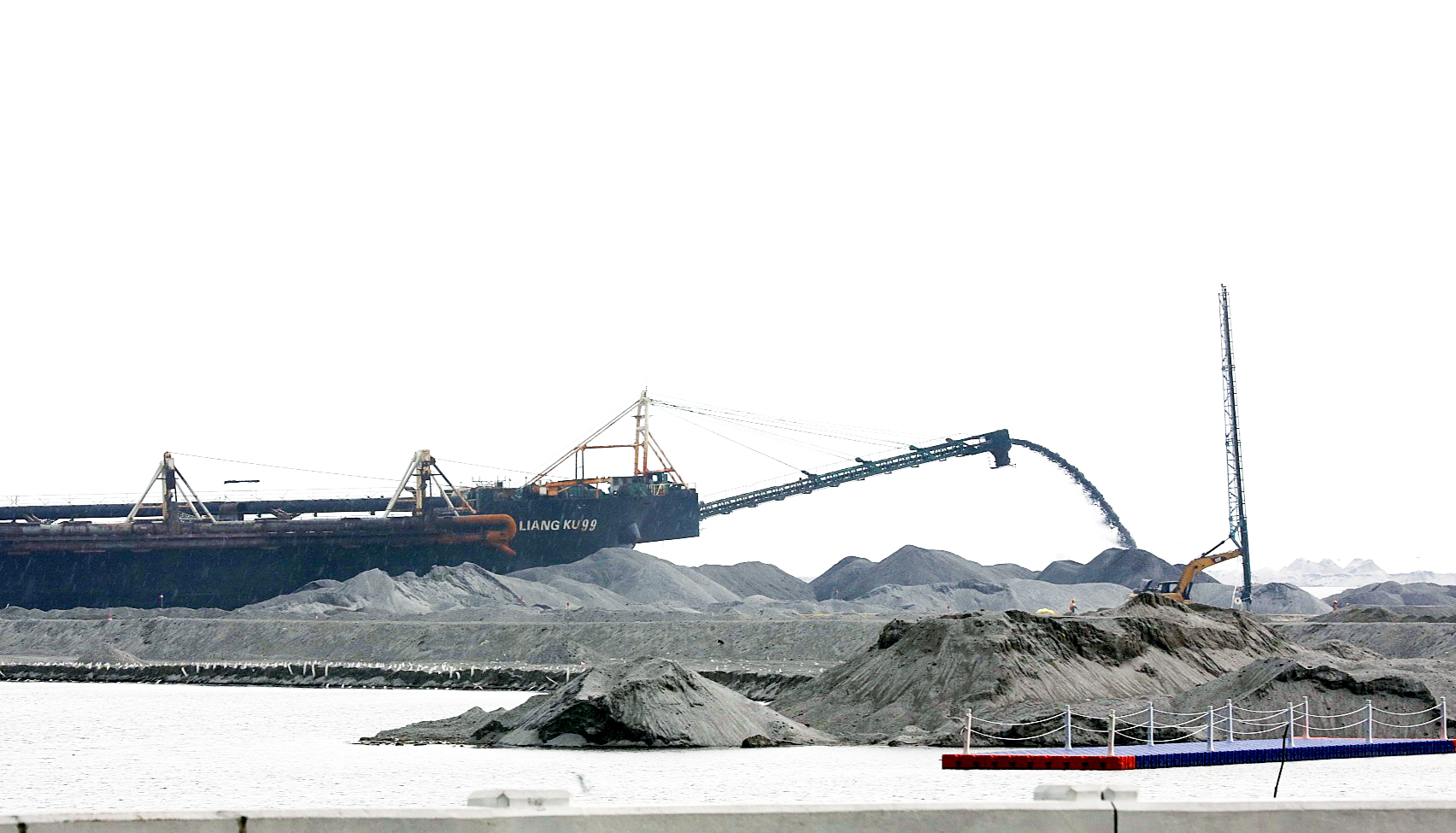
By Marita Moaje | Philippine News Agency
In a statement on Wednesday (April 30), the Department of Environment and Natural Resources (DENR) said it will toughen up its guidelines on the issuance of environmental compliance certificates (ECCs) following the release of the Manila Bay Cumulative Impact Assessment (CIA) result that revealed severe environmental threats.
During the presentation of the impact assessment result at the DENR central office in Quezon City, Environment Secretary Maria Antonia Yulo Loyzaga said the case of Manila Bay will be part of a continuing review by the department.
She said this would include all the ECCs and area clearances that have been issued, and those that are being applied for with the local governments, to determine whether concerns that have emerged from the assessment have already been taken into consideration.
“There is in the ECC a section that will allow us to modify any approval that has been granted, and we take that section very seriously in light of the results of the Cumulative Impact Assessment – Phase One,” Loyzaga said.
“There is Phase Two oncoming, and we will continue to make this part of a dynamic process in order to assure that we can deliver on the mandamus and ensure that the livelihoods as well as the cultural and social economic values, somehow can be delivered while we preserve the environment in the Manila Bay,” the DENR chief added.
Part of the review process will be a consultation and dialogue with the Philippine Reclamation Authority, proponent local government units, and stakeholders to determine whether the ECCs need to be revised or amended to address the possible cumulative environmental, social, economic, and ecological impacts identified in the assessment.

Assessment result
The CIA, conducted by the Marine Environment and Resources Foundation (MERF), showed that the ecosystem of Manila Bay remains alive and vibrant.
However, the assessment also revealed that the 21 proposed and ongoing reclamation projects in Greater Metro Manila could threaten marine ecosystems and fishermen’s livelihood, and worsen flooding in urban centers.
The CIA also highlighted that the proposed reclamation projects that will create 6,166 hectares of new land are projected to create pressure on the environment equivalent to nearly four new central business districts (CBDs).
However, its impact on water quality can significantly disrupt the natural circulation of water in Manila Bay, causing water stagnation and altering currents, which could lead to increased flooding in Metro Manila and nearby provinces.
“Reclamation doesn’t just affect the area. It also worsens flooding on land, especially in low-lying areas,” Charina Lyn Repollo, MERF Deputy Director for Research, said in her presentation of the assessment result.
She said that in low-lying areas of Metro Manila, reclamation may relieve the flashing of flood water and increase both coastal and inland flooding, most especially during heavy rains or typhoons when timely drainage is difficult.
“By blocking the natural path for water to flow out into the bay, these reclamation projects act deeper, longer-lasting, and more damaging—putting communities, infrastructure, and lives at greater risk,” she added.
The report also showed that the projected buildup of nutrients, sediments, and pollutants, aggravated by blocked circulation, will worsen hypoxia or oxygen depletion, which would harm aquatic life and increase the likelihood of harmful algal blooms (HABs) that cause shellfish poisoning.
On public health, the degraded water conditions also pose direct risks to human health, and may cause an increase in cases of gastroenteritis, skin diseases, and respiratory infections, especially among coastal populations.
The MERF reports show that the construction of large coastal structures and alterations to the coastline weaken water movement, resulting in stagnation and the buildup of sediments, pollutants, and debris in specific areas.
Its impact on fisheries and ecosystems is even worse as it reduces available fishing grounds, diminishing income for the fishers, and increasing their vulnerability, the report said.
“The loss of mangroves not only threatens marine biodiversity but also diminishes natural coastal defenses, increasing the susceptibility of nearby communities to storm surge and coastal erosion,” the report read.
Loyzaga warned that the destruction of these ecosystems is not only ecologically unsound, but also economically and socially unjust.
President’s concern
Loyzaga said the CIA was submitted to President Ferdinand R. Marcos Jr., and that he has given his approval to share the result with relevant government agencies.
“Very concerned si President with [the] livelihoods of our fisheries, our fishery community, at the environmental quality na puwede, kung magkasakit ’yong mga tao in terms of the public health issue. He’s, of course, looking at what the infrastructure will deliver in terms of the economics,” Loyzaga said.
“Pero ’yong primary concern niya talaga is what will happen to the livelihoods and what will happen to public health and services.”
Project review
Loyzaga said the study calls for regular monitoring of water quality and shellfish safety to safeguard fisheries and public health, urging that project proponents be held accountable for their actions as Metro Manila faces the ramifications of further reclamations.
She said monitoring systems and methods, as well as enhanced flood modelling, will be part of Phase 2 of the MERF study.
“As Manila Bay is alive, local government units need to take into consideration the social impacts, the cultural, legal, and ecological considerations in their development goals,” she said.
“The local government units need to integrate the reclamation projects into their water quality and water sourcing plans, their traffic and mobility plans, their solid waste management systems, their flood management systems, their disaster risks and climate change risk management plans.” (PNA)
